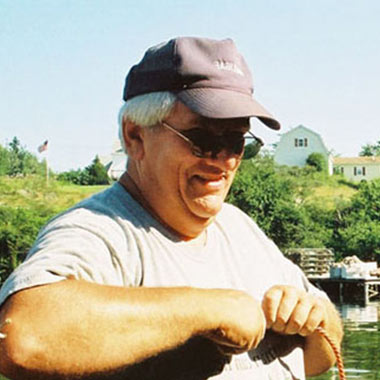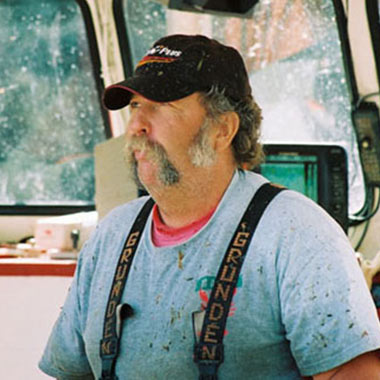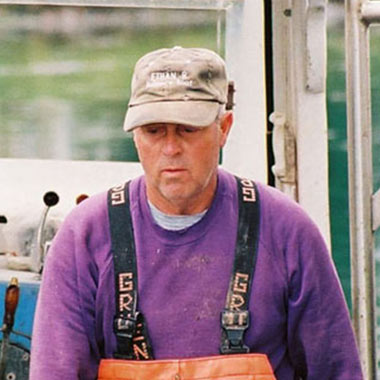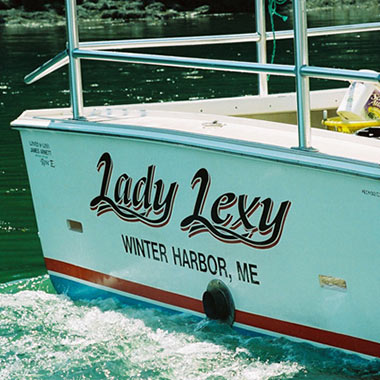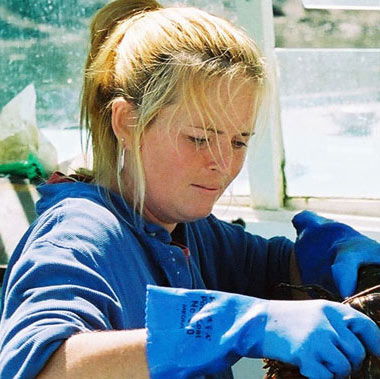We realized early on that to ship the freshest lobsters around the country successfully involved much more than just overnight mail service. For the best quality, texture, and taste, our live lobsters had to have ideal conditions, from the time we catch them to when they arrive at your table. To ensure that our lobsters exceed your expectations, we built a specialized and state-of-the-art holding facility.
As soon as the lobsters come off our boats, we immediately chill them to 36 degrees, which puts them to “sleep” and locks in their fresh taste. We also maintain a sophisticated water filtration system to simulate the lobsters’ natural environment. When packing your order, we use customized “cold packs” to maintain a low temperature until the lobsters reach you.
Keeping lobsters cold and in the right environment are key components to keeping them fresh and ensuring high quality taste. But there’s one more feature of our quality assurance system that sets our lobsters apart from the rest. When we receive your order, we hand-select your lobsters for both “hardiness” and “hardness”, qualities that we, as experienced fishermen, can easily recognize.
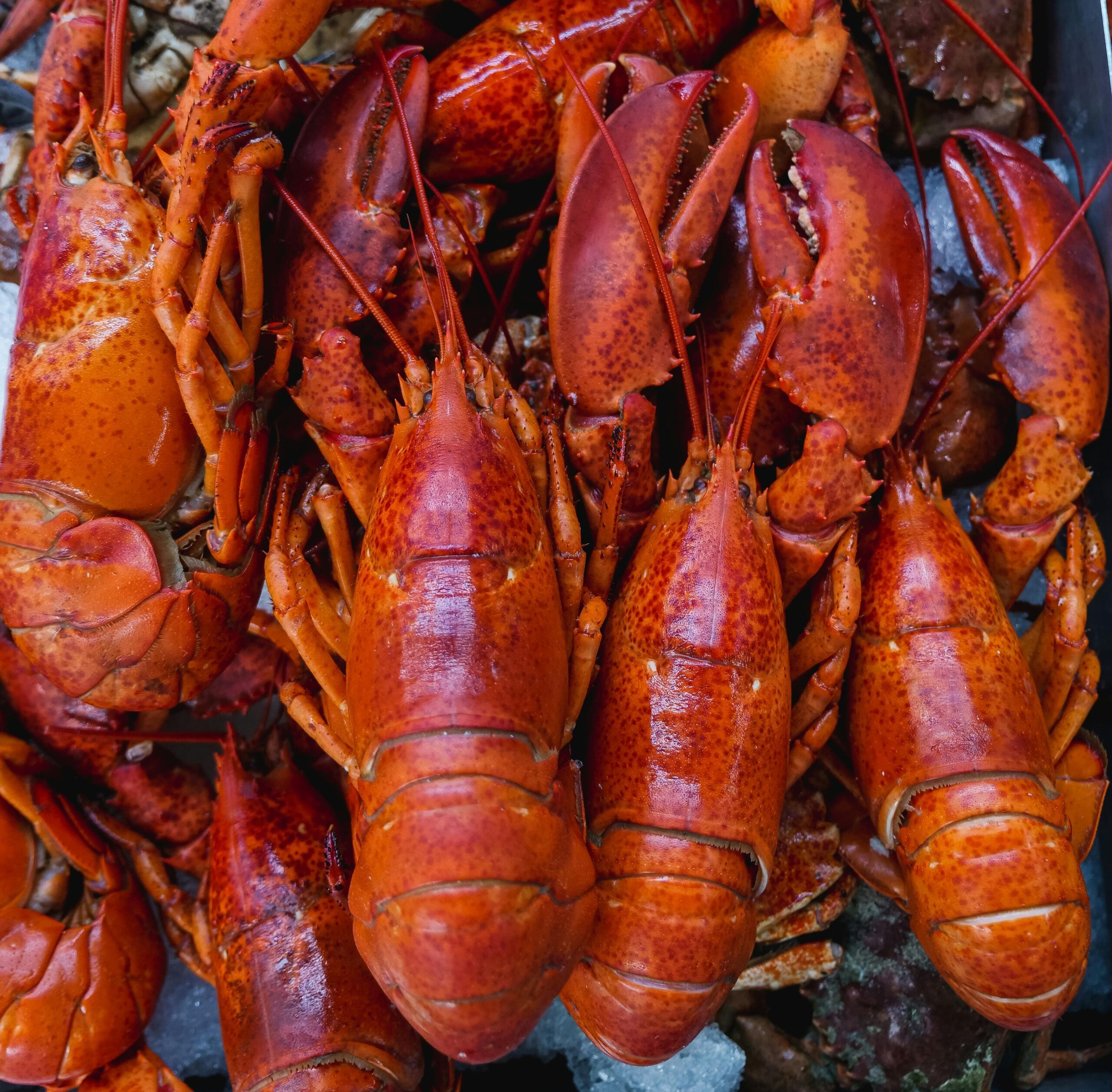


Lobster Information
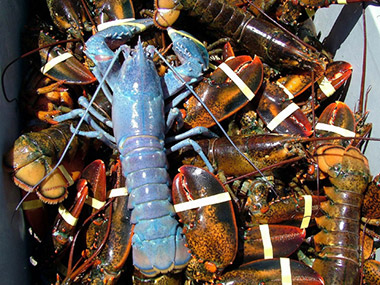
Some people think that live lobsters are red before they are cooked. Not really. They are dark brown, a little green and some red. If a lobster appears asleep, it could still be alive and quite fresh. Put them on the floor, they will eventually move around.
A blue lobster is very rare. Albino white lobsters are even more rare than blue. All lobsters, brown-red, white, or blue, turn bright red when cooked.
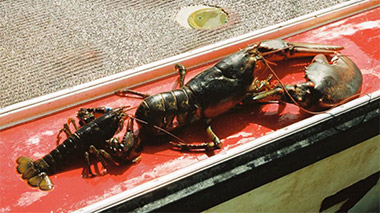
Day’s Catch Salt Water Boiled Lobster
Add 3 inches of salt water in a large lidded pot. Bring to a boil. Add lobster and boil for 20 minutes. Put it on the plate and eat it plain and simple.
Downeast Lobster Stew
Start with the cooked meat of several lobsters. Place in a lightly pre-heated saute pan. Saute in butter and a little paprika for a couple of minutes. Add 1-to-1 canned evaporated milk and water, and a little sea salt. Simmer on very low heat for 1 hour. Best prepared in the morning, set in the refrigerator all day, then re-heated before eating. Tastes great with a salad, and crackers or bread. Don’t try to “fancify” this recipe by using cream or spices. Cream will scorch too easily.
Simple Boiled Lobster Stew
Bring a large pot of water to a boil. Add live lobster. Boil the lobster for 20 minutes. Drain and clean and put in bowl. Heat up some cream and butter, but don’t let it boil. Add the cream and butter to the lobster. Serve.
Fancy Maine Lobster Stew
Steam the lobsters, don’t boil them. To cook six lobsters, add 2 inches of water in a ten quart steaming kettle. Bring water to a strong boil, after adding a tablespoon of salt. While boiling, add lobsters and wait until the water is boiling again. Steam for 18 minutes, remove from heat and drain.
Extract the meat from the lobster. Save the tomale and water from the claws in a small saucepan. Add 1/4 lb of butter to the tomale and water then heat very low until butter melts. Cut lobster meat in small pieces and add to butter mix, continue on low heat. Add a little garlic salt, pepper, celery salt or onion salt. Not too much, just a little at a time, keep tasting. If there happens to be any left when you get done tasting, add an equal amount of milk and heat without boiling. Perfect lobster stew.

Lobster is one of the healthiest and leanest proteins available. Pound for pound, it contains fewer calories and saturated fats than lean beef, pork, shrimp, and light meat chicken.
A lobster is a rich source of protein, vitamin B12, copper, zinc, vitamin B1, niacin, folate, and calcium, and contains 370 mg of sodium. Lobster is a good source of protein and omega-3 fatty acids, which are proven to reduce hardening of the arteries and heart disease.
Calories 98 – 130 ; Protein 21 – 32grams ; Fat 3.5 – 6.0 grams ; Cholesterol 72- 80
Lobsters are arthropods. Clawed lobsters compose a family (Nephropidae, sometimes also Homaridae) of large marine crustaceans. They live on rocky, sandy, or muddy bottoms from the shoreline to beyond the edge of the continental shelf. They generally live singly in crevices or in burrows under rocks. Lobsters typically eat live food, consisting of fish, mollusks, other crustaceans, worms, and some plant life. According to the Guinness World Records, the largest lobster was caught in Nova Scotia, Canada, and weighed 20.15 kg (44.4 lb).
Lobsters molt, or shed their skin. Ecdysis is the molting of the cuticula in arthropods. Since the cuticula of these animals is also the skeletal support (the exoskeleton) of the body and is inelastic, it is shed during growth and a new, larger covering is formed. The old, empty exoskeleton is called an exuvium.
The anatomy of the lobster includes the cephalothorax which is the head fused with the thorax, both of which are covered by the carapace, of chitinous composition, and the abdomen. The lobster’s head consists of antennae, antennules, mandibles, the first and second maxillae, and the first, second, and third maxillipeds.
Lobsters, like snails and spiders, have blue blood due to the presence of haemocyanin, which contains copper. In contrast, mammals and many other animals, have red blood due to the presence of haemoglobin, which contains iron. Inside lobsters is a green goopy substance called tomalley, which serves as the hepatopancreas, fulfilling the functions of both liver and pancreas.
Lobsters range in size from 25 cm to 50 cm long ( 10 to 20 inches ) and move slowly by walking on the bottom of the sea floor. However, when they flee, they swim backwards quickly by curling and uncurling their abdomen. A speed of five meters per second (about 11 mph) has been recorded.


Meet The Captains
Every purchase you make with Winter Harbor Lobster Coop goes directly to the men and women who spend their lives at sea catching the lobsters we all love so much. Thank you for supporting local independent fishermen and the communities they live in.


